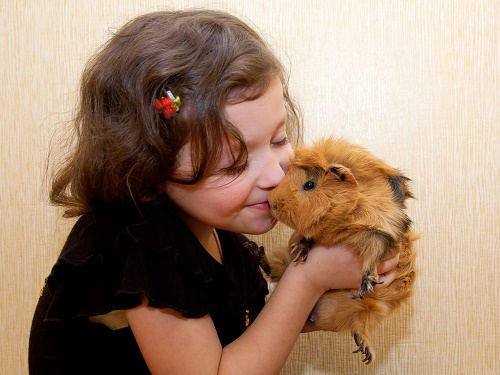Introducing A New Pet Into The Family
Guest post by Blog Manager Robbi Hess
First of all, an announcement: Mark your calendars and join us for #BlogPawsChat on Tuesday, August
27th
from 8 to 10 pm (EDT). Natural Balance
will be our guest to talk about honoring military working dogs once they
retire. We’ll chat about the Military Working Dog Teams Monument that
will be dedicated at Lackland Air Force Base in San Antonio, Texas in October.
Natural Balance will give away Tillman treats during the chat!
As we wrap up our month of Celebrating Senior Pets I got to thinking about the times we have introduced a new pet into the household and how it all worked out. For the most part we have only introduced new kittens to the mix and our older cats were quite good about teaching them manners and taking them under their paws. Sure there were a few hissy moments and "I'm going to teach you who's boss" incidents, but they sorted the pet heirarchy out among themselves and now get along like brothers and sisters — you know, with the occasional spat thrown in for good measure.
If you're planning to introduce a new pet, whether it's a puppy. kitten, bird, ferret or other, there are some steps you can take to make the transition easier and keep the spats to a minimum.
Here are my top five steps to introducing a new pet to your family.
- Put the newly adopted pet in a room away from the resident pets for a night or two. You're not doing this to isolate him but to give him time to acclimate himself to his new surroundings and to give your other pets the chance to "sniff out" the newcomer without the possibility of a fight.
- Let the new pet explore the home without your other pets around. Your new pet will be curious about the scents of the other pets so give her time to look around and sniff things out. This also
means the new pet will be spreading her new-pet-scent around the home and your other pets will get accustomed to her.
- You know your pets' personality best but it may take a few days before you can comfortably introduce everyone. Try to choose a neutral location — ie, not by the resident pet's bed or food dish. Keep both pets on a leash or otherwise under control and let them sniff each other up close and personal. Keep your senior pet's personality in mind; he may be content to simply lie in a patch of sun and relax while a new puppy or kitten will likely be full of energy.
- If your resident pets have a bed or a toy that he is particularly attached to, make certain the new pet cannot get to it. This could lead to overly aggressive behavior. You have to remember this new pet is an intruder (in your former pet's mind) and he "has the right" to protect what he believes is his.
- Remember even if your older pet snaps or growls at the newcomer, this is typical animal behavior and the older pet is asserting his dominance. If it escalates to overt aggression, you will need to separate the pets again until it calms down as you don't want to risk your new pet getting injured. It's very likely you know and understand your pet's behavior and have a feeling about how she will interact with newcomers so it will be up to you to set the pace for introductions. After a short time though, it will probably seem like they've been together forever!
If you've introduced new pets to the family, what have you done to make it a smooth transition for all? We'd love to hear!




We’ve just introduced a new pet into our family and I have made it a point to continue taking my “old” pet out and about regularly just the two of us so he doesn’t feel like he has been replaced/forgotten.
xoxoxo,
Erika and Sebastian